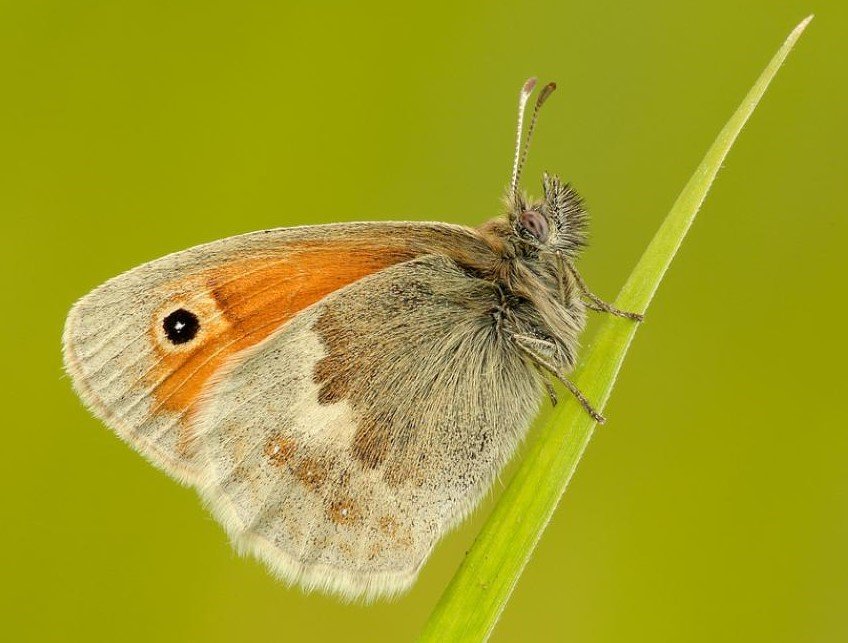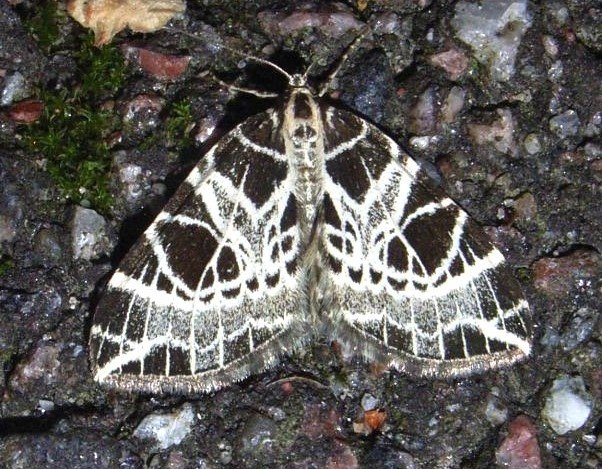The Lake District Butterfly and Moth Project
Butterflies, Moths, and the Future of our Common Uplands
This project focuses on butterfly and moth populations across Derwent Common, Bampton Common, and Kinniside Common in the North Lake District. The project was delivered by the Butterfly Conservation and involved surveying species, improving habitat management and training volunteers. We aimed to raise public awareness about the importance of common land in supporting butterfly and moth populations.
Through collaboration with Natural England, the National Trust, West Cumbria Rivers Trust, local farmers, and volunteers, we are working to:
Develop understanding of butterfly and moth species and their role in the upland landscape.
Increase recording and monitoring of northern upland species.
Promote sustainable habitat management to protect rare and threatened habitats.
Highlight butterflies and moths as indicators of ecosystem health.
By raising awareness and equipping communities with knowledge, we’re helping protect butterflies and moths for generations to come.
As part of this project, we have developed a series of factsheets to support farmers and land managers in identifying and protecting key species. These factsheets provide essential information on habitat identification and management recommendations for the species. You can download them using the links below.
The Lake District is home to a variety of butterfly species, but two that often cause confusion are the High Brown Fritillary and the Dark Green Fritillary.
Mountain Ringlet is the UK’s only true mountain butterfly, and in England it’s only found in the uplands of the Lake District.
Marsh Fritillary Butterfly was almost extinct in Cumbria but, following a breeding programme, is now doing well in a few locations and spreading out.
Small Heath is a small butterfly, but it is not only found on heath. It’s widespread across the UK.
Numbers of the Small Pearl-bordered Fritillary have declined significantly across England, but sightings have increased in recent years in Cumbria.
Netted Carpet moth is extremely rare in England, probably surviving in just a few places in Cumbria and North Lancashire.







